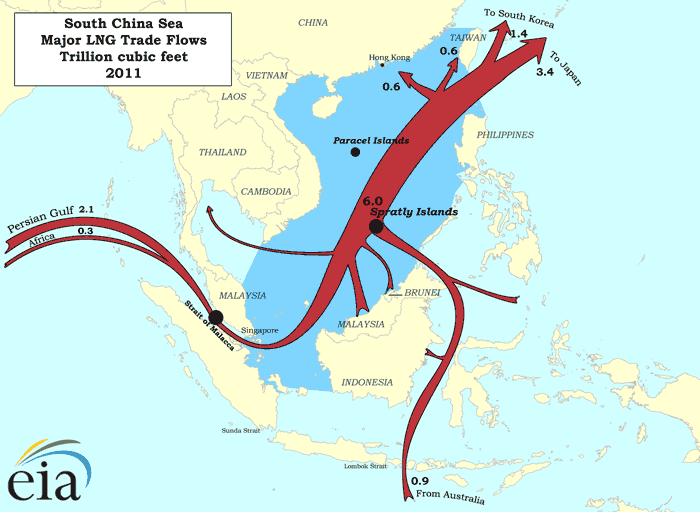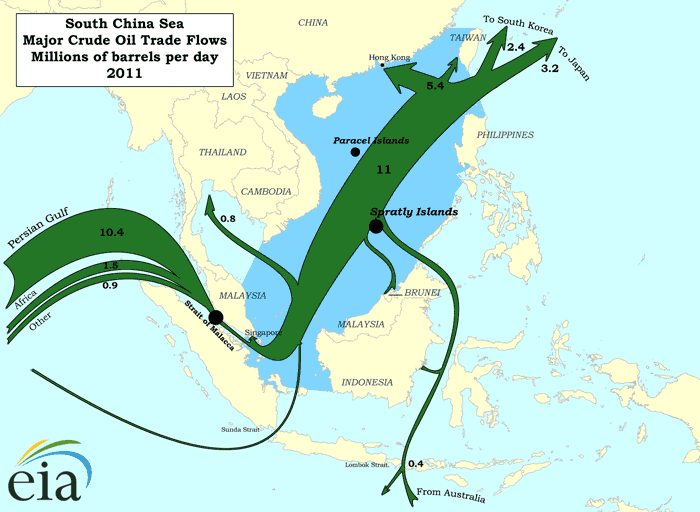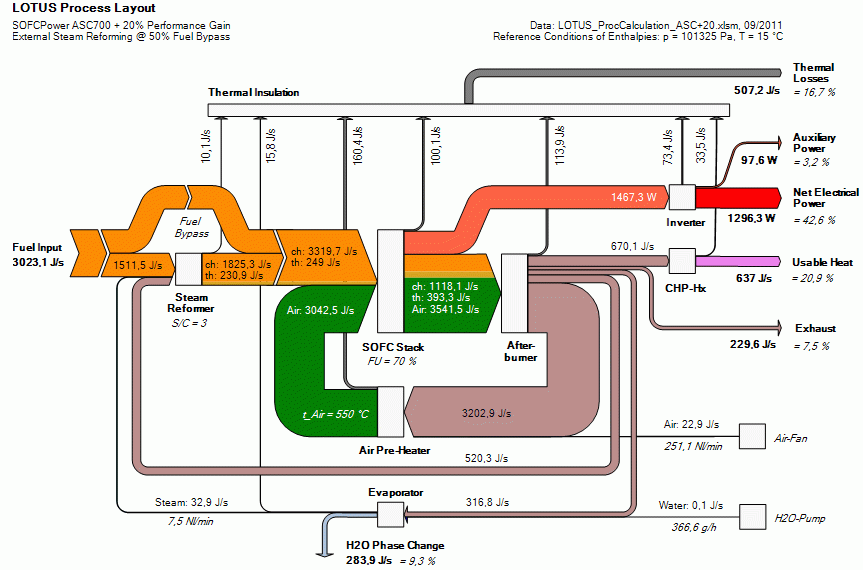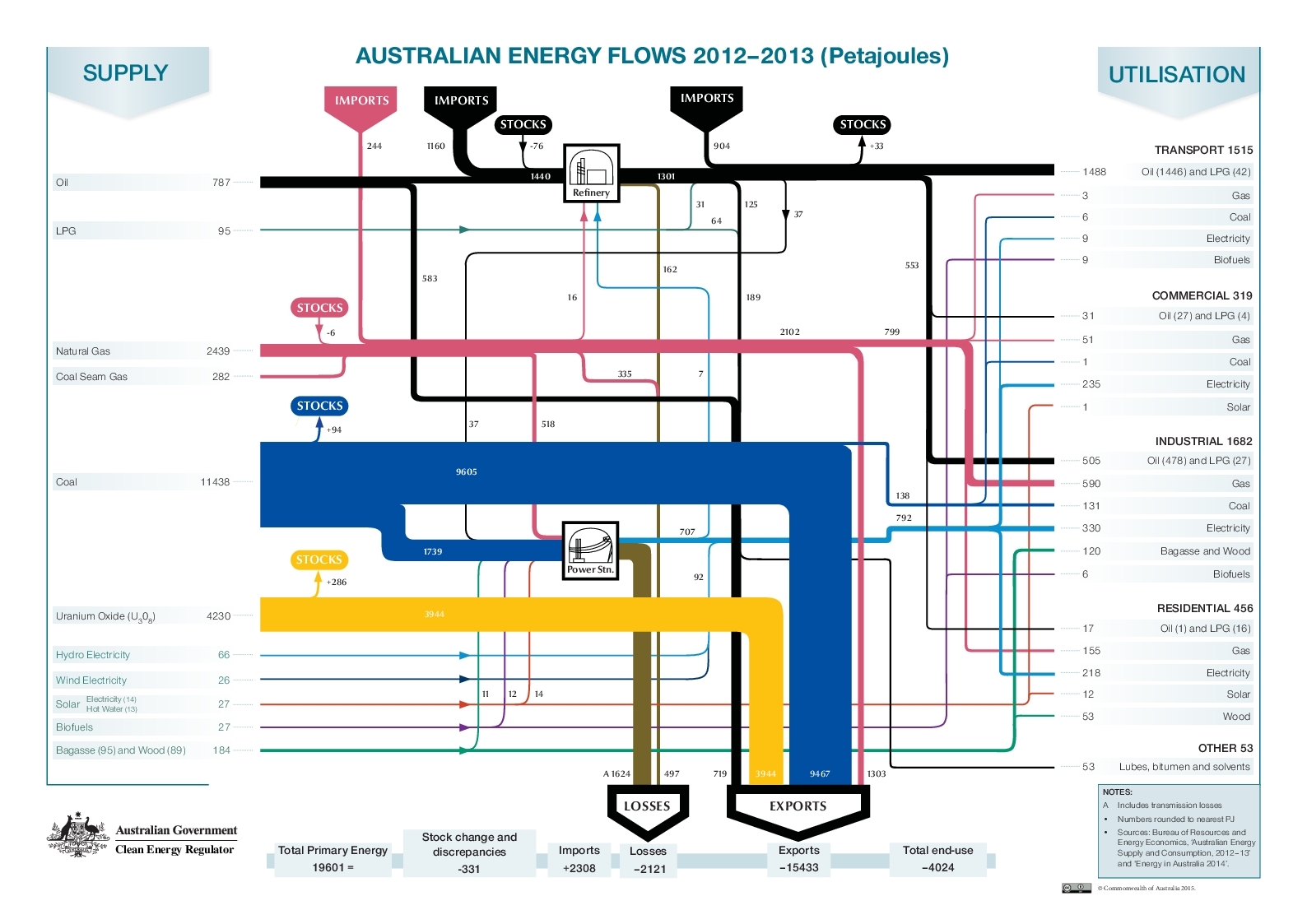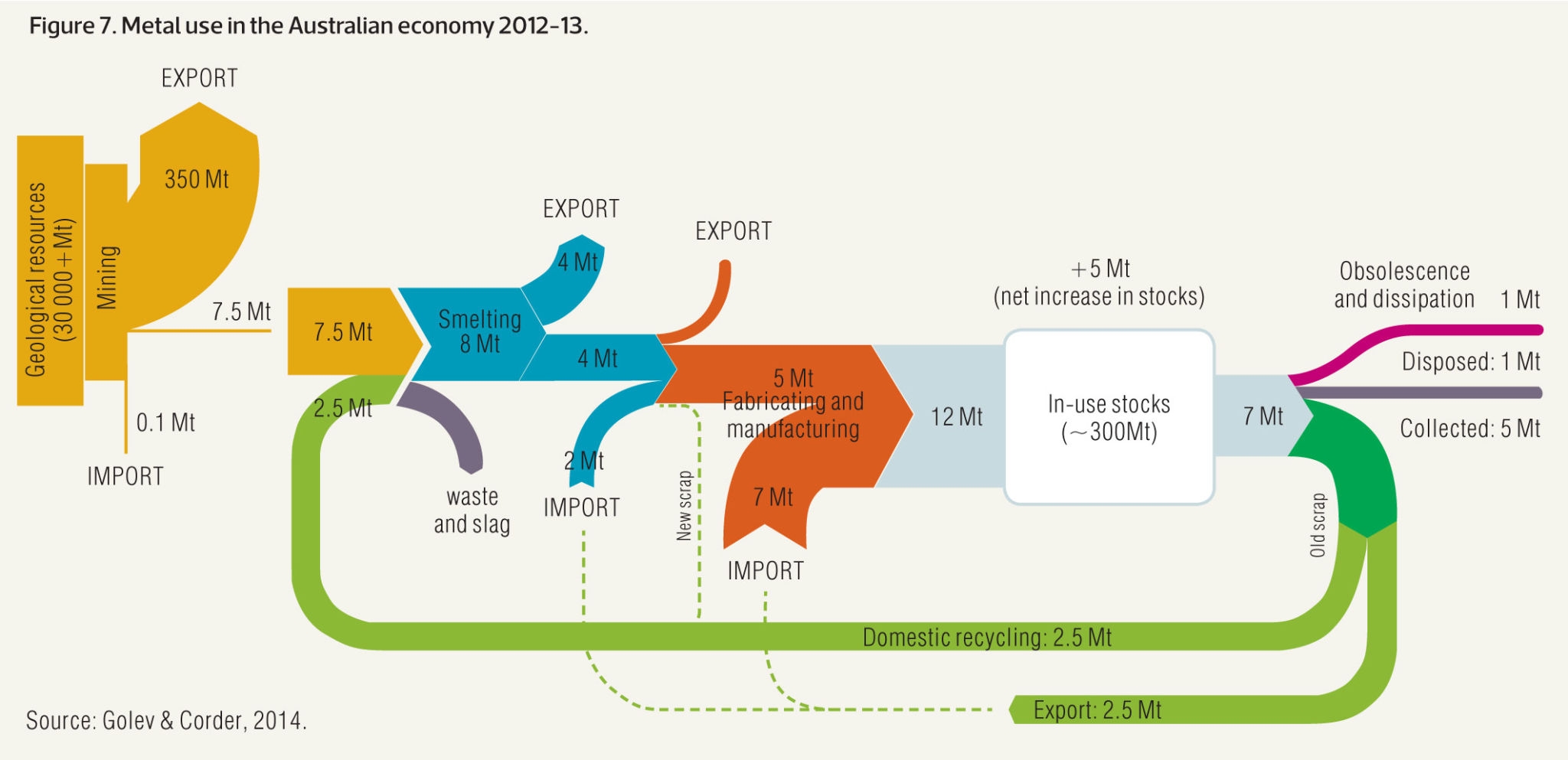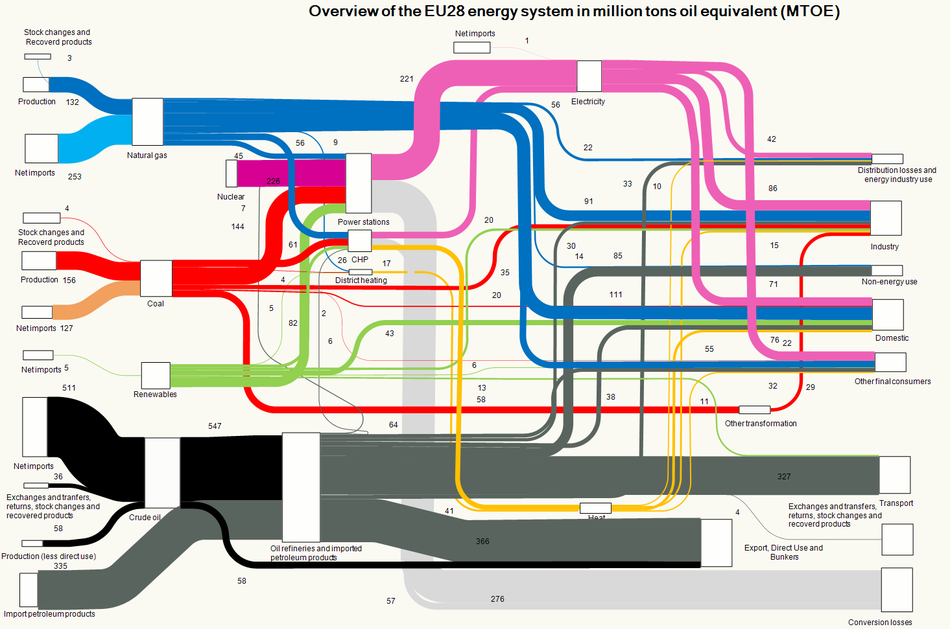South China Sea has recently garnered increased media attention due to China reclaiming land and building an airfield on Fiery Cross Reef. The territorial dispute regarding Spratly Islands has been simmering since the 1970ies when oil was discovered in the region. South China Sea is also “one of the busiest shipping lanes in the world” with “more than half of the world’s supertanker traffic, by tonnage, pass[ing] through the region’s waters every year” (Wikipedia).
The Department of Energy has two interesting maps on their beta website showing LNG and crude oil transport for 2011.
Transport of liquefied natual gas (LNG) in trillions of cubic feet in the South China Sea:
Transport of petroleum in millions of barrels per day in the South China Sea in 2011:
(both maps from eia.gov website)
These are ‘Sankey-inspired maps’ rather than exact Sankey diagrams. Arrow widths are not maintained where the shipping routes pass through narrow straits. Nevertheless, transport volumes are generally on a correct scale.
